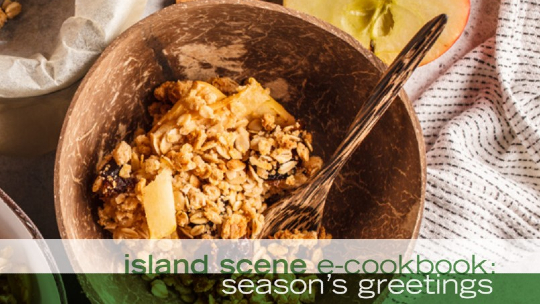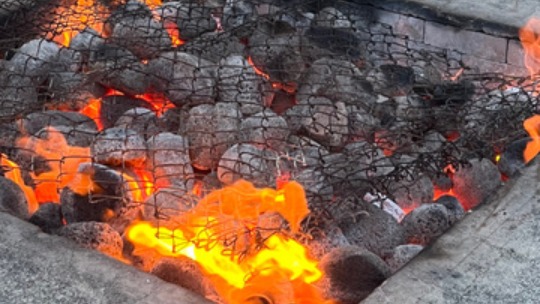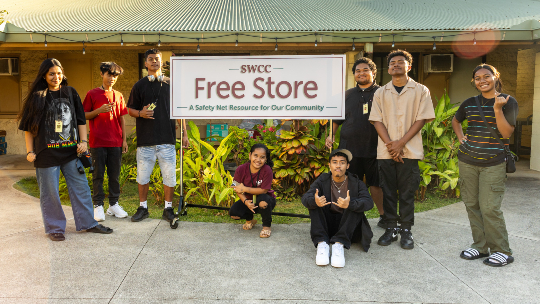Eight-year-old Leila-Rose Coloma loves riding her bike, swimming, and playing with her little brother, Liam. She’s outgoing, intelligent, kind, and full of spirit, light, and energy.
All things her parents are grateful for because Leila was born with two congenital heart defects. Her heart beat so fast that it couldn’t effectively pump blood to all her organs. She had her first open-heart surgery at 5 months and then another at Kapiolani Medical Center for Women & Children when she was 3.
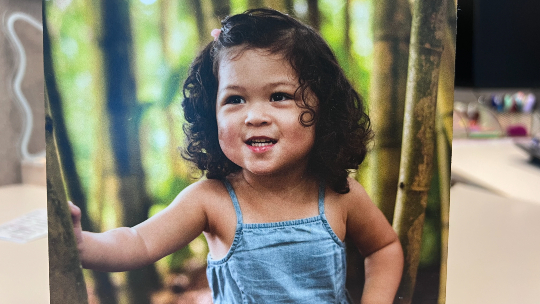
Leila as a toddler. Photo courtesy Coloma Family
“During that surgery, she required blood transfusions, which came from the Blood Bank of Hawaii,” says Kayley Coloma, Leila’s mom, “and that saved her life.”
A stable blood supply
Someone in Hawaii needs blood every two seconds. That means 200 people must give blood every day to meet the needs of our Islands’ hospitals. Blood Bank of Hawaii (BBH) has two donation sites on Oahu. It also hosts pop-up blood drives, including quarterly blood drives at the HMSA building in Honolulu.
“The mission of the Blood Bank is so aligned with HMSA: We’re out here to try and help people, to save their lives, to take care of them in moments of critical illness,” says Mark Mugiishi, M.D., F.A.C.S., HMSA president and CEO and a BBH board of trustees member. “Blood is one key element of that, and we have to make sure we continue to provide that resource to the people of Hawaii.”
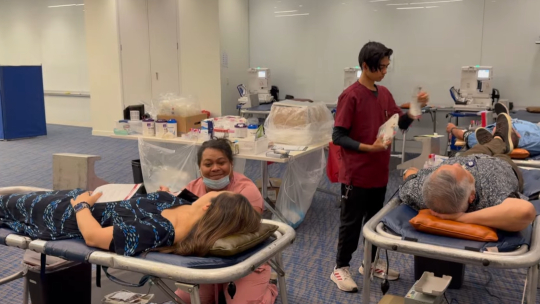
HMSA hosted a blood drive to support BBH in June. Photo courtesy Blood Bank of Hawaii
Without a safe and continuous blood supply, none of the major medical programs in our hospitals would be able to function. As a former surgeon, Kenric Murayama, M.D., F.A.C.S., HMSA executive vice president and chief health officer, understands the critical role of blood in the operating room.
“Patients come in, and you don’t have the luxury of saying, ‘Oh, we’re going to need the blood.’ The blood has to be readily available,” says Dr. Murayama, who is also on the BBH board. “And that’s where the Blood Bank provides an amazing service.”
BBH is the sole supplier for all 18 local hospitals. Because blood components have a short shelf life, BBH has only seven days’ worth of blood in the entire state, so maintaining an adequate supply of different blood types is a challenge. So is our unique location.
“Think about how isolated we are geographically: We’re alone, together, in the middle of the Pacific,” says Kim-Anh Nguyen, CEO of Blood Bank of Hawaii. “Our closest blood bank neighbor is Los Angeles – the same distance as Los Angeles to New York City, with nothing in between! If we run out of blood in Hawaii, we sometimes wait days for blood from the Mainland.”
Before the COVID-19 pandemic, BBH was self-sufficient. Now, it imports some blood from the Mainland to meet our local hospitals’ demand. The nonprofit is hoping to achieve that stable level of domestic blood supply once again, but it can’t be done without your help.
“The blood supply of Hawaii isn’t on our shelves; it’s walking around the state,” says Nguyen. “You are Hawaii’s blood supply.”
Roll up your sleeves
Jason Chang donates blood six times a year. The president and CEO of The Queen’s Health Systems started the tradition in high school.
“I didn’t realize it wasn’t that big of a deal until I did it,” says Chang. “You get past that first anxiety of needles and think about the benefits you provide to more than one person. That’s the connection between your values and society. It just overpowers that fear.”
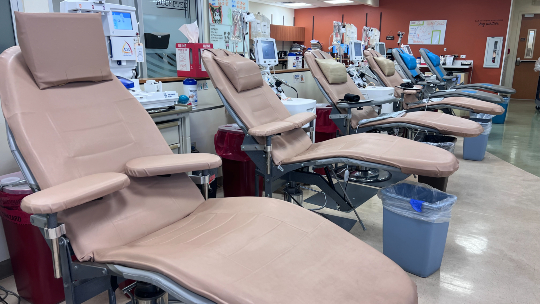
Inside the Young St. Donor Center on Oahu
As chair of the BBH board, Chang is leading by example. He encourages all of Hawaii to roll up their sleeves, especially since when you give blood, you could be helping a loved one, friend, or neighbor.
“We really are a small ecosystem,” says Chang. “The donations you give here stay here.”
Life-saving action
Up to 50% of Hawaii residents 16 years or older are eligible to donate blood, but only 2% currently donate. If you’d like to help but you’re hesitant about the process, BBH outlines what you can expect.
Before you donate:
- Drink at least eight to 10 glasses of water to ensure your body is well-hydrated in preparation for the loss of body fluid.
- Eat a hearty meal that includes iron-rich foods, such as meats and leafy green vegetables.
- Know the countries you’ve traveled from.
- Know your medical conditions.
During the one-hour donation process:
- Fill out paperwork.
- Staff will check your vital signs during a brief physical exam.
- Blood collection takes about five to eight minutes.
- Eat refreshments before you leave.
“Giving blood is simple and lifesaving. With one donation, you can save up to three people’s lives,” says Leslie Chun, M.D., CEO of Hawaii Pacific Health Medical Group and a BBH board member. “Growing up in a fourth-generation family in Hawaii, I learned how everyone here is interconnected. We all rely on one another, and that’s what giving blood is all about. Your act of kindness as a donor can have a huge impact.”
Every day, Coloma appreciates the donors who saved her little girl.

Leila and her little brother, Liam, on a recent vacation. Photo courtesy Coloma Family
“We’re so lucky to have Leila with us today. There are so many things that could have gone wrong that went right, thanks to the Blood Bank, Kapiolani, and HMSA’s support,” says Coloma. “There were so many hands that touched our lives, and now, Leila’s life is limitless.”
One pint of heroism
Leila’s success story is just one of many. Watch the video below to learn about how the generosity of people like you and BBH have saved countless lives:
For more information on where to donate, how to register, and general requirements for donating, visit the Blood Bank of Hawaii.
Spreading the health
Taking care of your own health allows you to help others when they’re in need. Read below to learn ways you can ensure you’re in tip-top shape:
a step-by-step guide to help you find a therapist
Prioritize your mental health by seeking professional support. If you’re new to the search for a therapist, follow this step-by-step guide to help find the right match for you.
hmsa’s health care managers help hawaii stay healthy
Finding personalized and compassionate health care can be a complicated process. To better address this issue, HMSA has a dedicated team of care managers who believe that creating a healthier Hawaii is more than just a 9-to-5.
listen to your gut
It can be uncomfortable, disruptive, and embarrassing: We’re talking about irritable bowel syndrome, or IBS. But it can also be manageable. Find out more about the symptoms, risk factors, and ways to destigmatize this chronic disorder.
lung screenings save lives
Smoking remains the leading risk factor for lung cancer; secondhand smoke also poses a risk. Unfortunately, lung cancer often doesn’t present symptoms. Learn how screenings play a critical role in identifying cancer early, when it’s most treatable.

